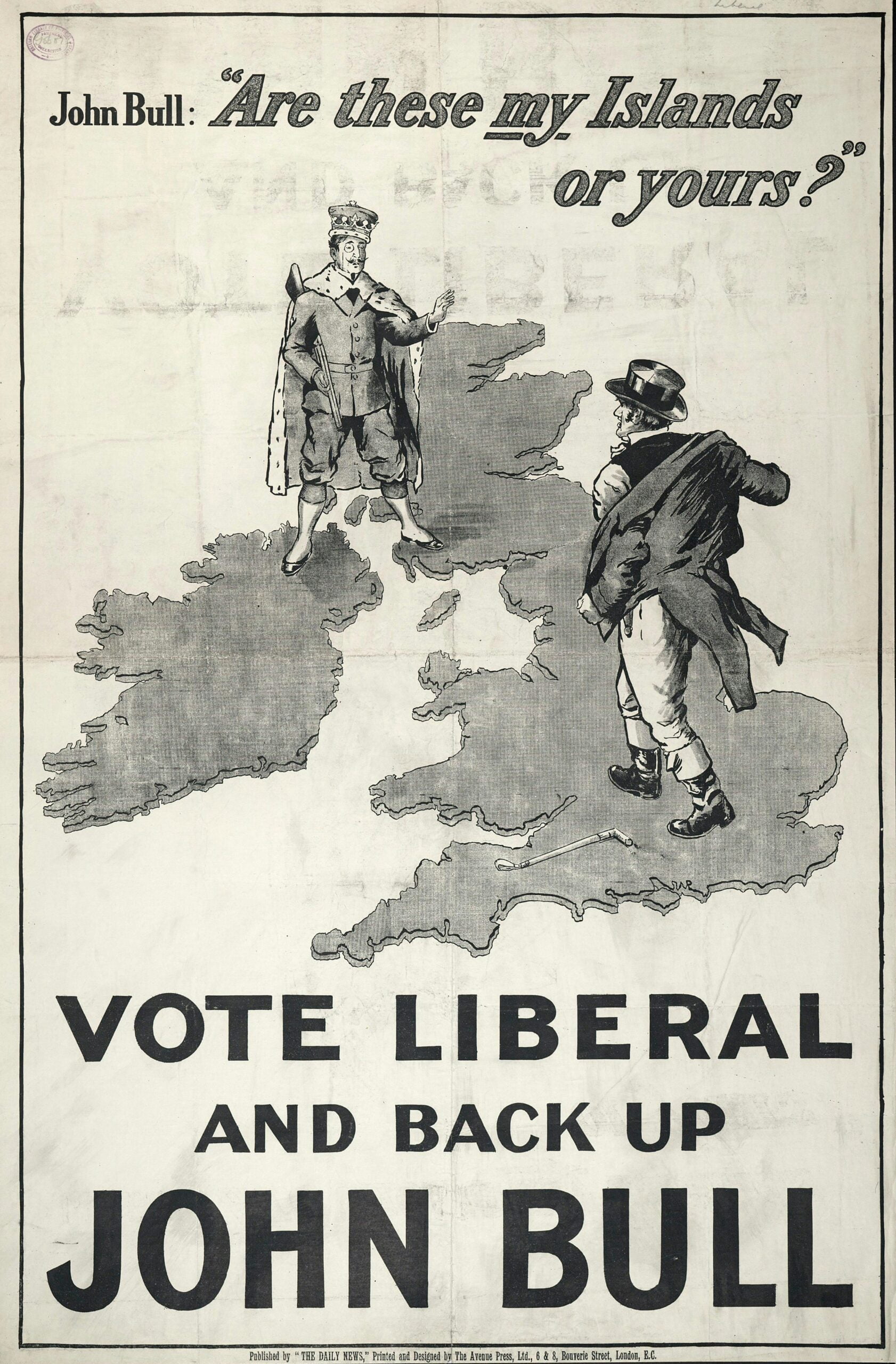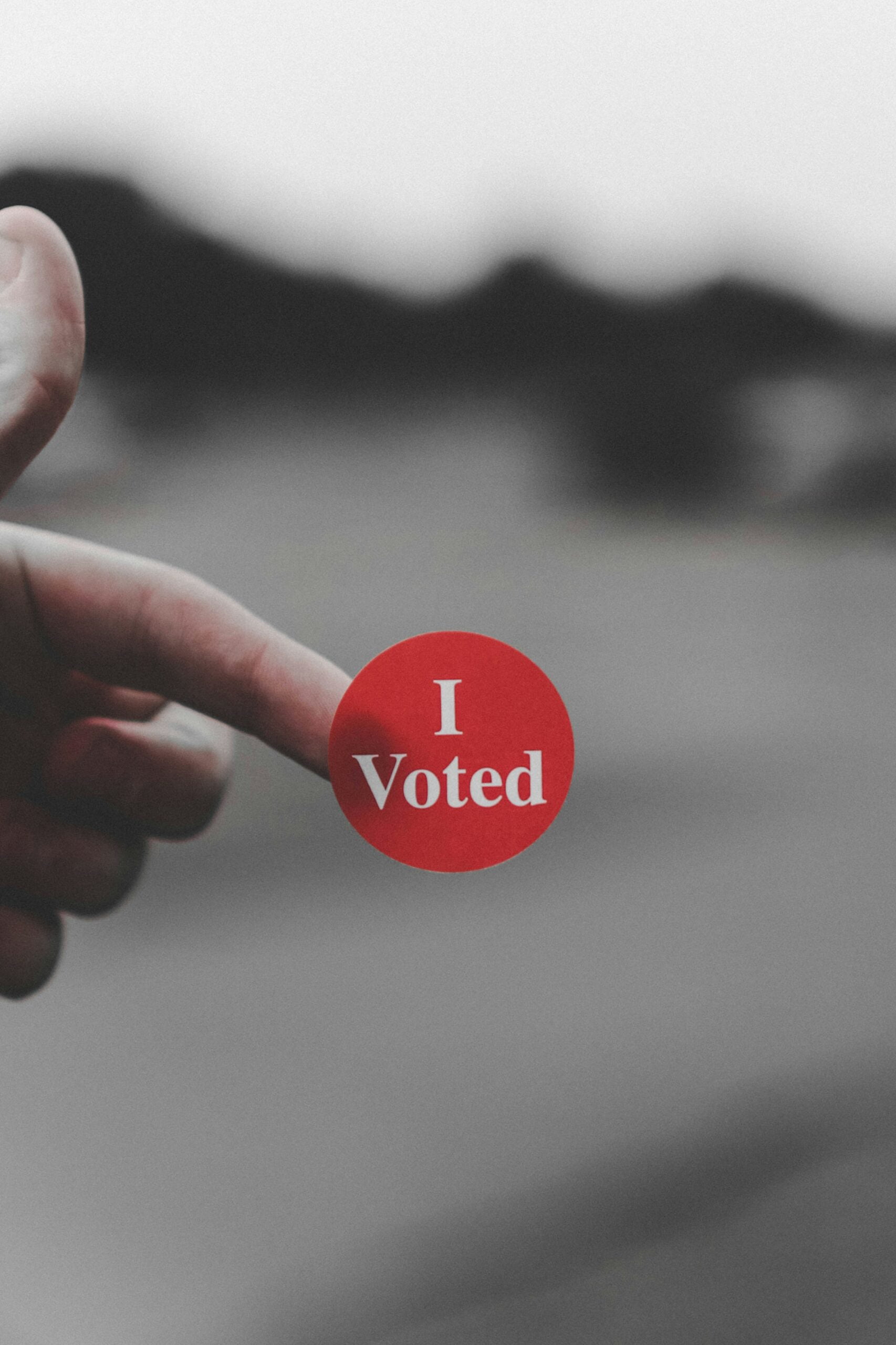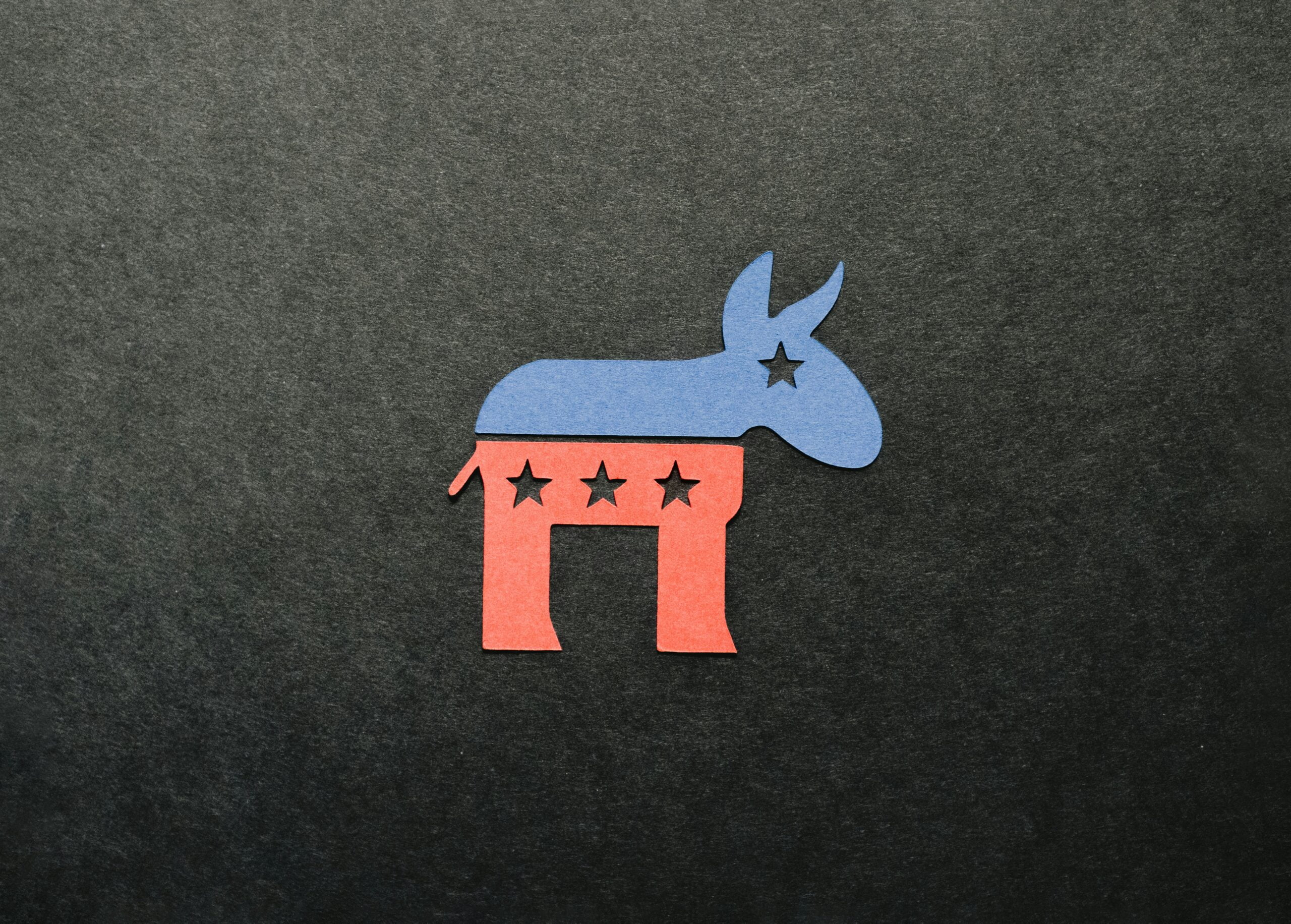Introduction
In the realm of United States politics, there exists a multitude of ideologies that shape public policy and discourse. Among these, libertarianism and liberalism stand out as two distinct philosophies, each with its own unique perspective on governance, individual freedoms, and economic policies. However, confusion often arises when trying to position libertarianism and liberalism within the traditional left-right political spectrum. This confusion stems largely from their nuanced stances on a variety of issues that transcend simple categorization.
Libertarianism is frequently characterized as fiscally conservative and culturally liberal. Advocates of this ideology support minimal government intervention in economic matters, championing free-market principles, individual entrepreneurship, and limited taxation. At the same time, libertarians vigorously defend personal liberties, advocating for civil rights, privacy, and a laissez-faire approach to social issues. This dual alignment creates a complex identity that resists easy classification within the conventional political dichotomies.
Liberalism, on the other hand, is traditionally associated with progressive social values and a belief in the necessity of government intervention to address economic inequalities and promote social welfare. Liberals emphasize the role of the state in ensuring equal opportunities, protecting civil liberties, and fostering a more equitable society. This commitment to social justice often places liberalism on the left side of the political spectrum, in contrast to the more individualistic orientation of libertarianism.
Understanding the distinctions and intersections between libertarianism and liberalism is crucial for anyone engaged in political analysis or civic engagement. By examining the principles underlying each ideology, one can better appreciate their respective contributions to the American political landscape and the ongoing debates that shape policy decisions at various levels of government.
Definitions and Key Principles
To comprehensively grasp the distinctions between libertarianism and liberalism, it is crucial to first delineate their foundational principles. At its core, libertarianism is anchored in the advocacy for minimal government intervention, emphasizing individual freedom through limited government mainly in terms of economic policies and personal liberties. This philosophy underscores the belief that individuals have the right to engage in voluntary exchanges and that the free market should operate uninhibitedly to foster economic prosperity.
Economic liberalism, a term frequently associated with libertarianism, advocates for free-market capitalism, contending that economic decisions should be driven by private individuals and enterprises rather than centralized by the state. This principle aligns with fiscal conservatism, which calls for reduced government spending, lower taxes, and a smaller government footprint in economic affairs to maximize efficiency and individual wealth.
Conversely, liberalism, particularly in the American context, often champions a more active role for government intervention to address social inequalities and promote social welfare. Cultural liberalism is an aspect of this ideology, supporting progressive stances on social issues such as LGBTQ+ rights, gender equality, and minority rights. This liberal approach advocates for policies that seek to expand social liberties, aligning with the view that government should facilitate equal opportunities for all citizens.
Civil libertarianism, straddling both ideologies to some extent, emphasizes the protection of individual rights against unwarranted government intrusion. While libertarians strictly oppose most forms of government intervention, liberals may support specific regulations to safeguard civil liberties, reflecting a nuanced balance between freedom and social equity. This intersection often forms the battleground where public discourse regarding libertarian vs liberalism flourishes, highlighting the underlying tension between individual autonomy and collective responsibility.
In American political discourse, these terms—economic liberalism, fiscal conservatism, cultural liberalism, and civil libertarianism—serve as lenses through which the principles of libertarianism and liberalism are evaluated and understood, framing policy debates and ideological divergences across the political spectrum.
Economic Issues: Fiscal Conservatism vs Economic Liberalism
The juxtaposition of libertarianism and liberalism on economic issues reveals significant ideological divergences. At the core of libertarianism is a staunch belief in minimal government intervention. Advocates argue that an unencumbered market maximizes freedom and efficiency, ensuring that individuals retain autonomy over their economic decisions. Libertarians champion fiscal conservatism, emphasizing the importance of balanced budgets, low taxes, and reduced government spending. They assert that a smaller government fosters an environment where entrepreneurship can thrive, thereby driving economic growth and innovation. Deregulation is viewed as essential for eliminating unnecessary bureaucratic barriers that stifle economic progress.
On the contrary, liberalism adopts a more interventionist stance. Economic liberalism supports governmental measures designed to mitigate economic inequality and promote social justice. Liberals advocate for robust social safety nets, progressive taxation, and comprehensive regulatory frameworks to address market failures and protect consumer interests. They believe that government intervention is necessary to rectify the inequities inherent in a free-market system and to ensure a fair distribution of wealth and resources. Programs like Social Security, Medicare, and unemployment benefits exemplify liberalism’s commitment to safeguarding economic security for all citizens.
While libertarianism prioritizes individual autonomy and minimal government, liberalism emphasizes the role of the state in creating equitable economic conditions. These differing philosophies reflect broader and deeper ideological schisms regarding the balance between freedom and equality. Libertarians argue that economic freedom is indispensable for personal liberty, whereas liberals contend that economic equity is a prerequisite for a just society. Understanding the nuances of libertarian vs liberalism perspectives can illuminate the broader debate on how best to achieve a prosperous and fair economy in the United States.
Personal Freedom: Cultural Liberalism and Civil Libertarianism
In examining the difference between libertarianism and liberalism in the United States, one must understand their divergent views on personal freedom, particularly within the realms of cultural liberalism and civil liberties. The focus on personal freedom stands as a cornerstone of libertarian philosophy, where individuals should have the maximum space to exercise their choices without government intervention. This viewpoint is evident in civil libertarianism, marked by a firm commitment to safeguarding individual rights such as freedom of speech, privacy rights, and freedom from unwarranted state surveillance.
Libertarians uphold the principle that freedom of speech should be nearly absolute, opposing any form of censorship or government regulation of expression. This perspective, rooted in a suspicion of state power, contrasts somewhat with the liberal approach. While liberals also champion freedom of speech, they are often supportive of regulations intended to curb hate speech and protect marginalized groups from harmful rhetoric. Therefore, while there is agreement on the importance of free speech, differences arise over the extent and nature of permissible restrictions.
The right to privacy is another domain where libertarianism and liberalism intersect and diverge. Libertarians advocate for minimal government intrusion into personal data and communications, emphasizing robust privacy protections against state and corporate surveillance. Liberals also champion privacy rights but are generally more accommodating of regulatory frameworks designed to balance national security and individual privacy. This balance is tricky and reflects the underlying tension between individual rights and collective security.
Social policies often highlight the particular nuances in the libertarian vs liberalism debate. Cultural liberalism tends to support progressive social policies that promote equality and combat discrimination, supporting measures like affirmative action and anti-discrimination laws. In contrast, civil libertarians prioritize personal autonomy and are skeptical of state-imposed social policies, fearing that such measures might infringe on individual liberty and create precedents for further governmental overreach.
Overall, while both libertarianism and liberalism value personal freedoms, they diverge on the role of the state in preserving these rights. Libertarians advocate for minimal governmental interference, whereas liberals are more open to state intervention as a means to protect and promote personal freedoms within a broader societal context.“`html
Foreign Policy: Non-Interventionism vs Liberal Internationalism
When dissecting the foreign policy perspectives of libertarianism and liberalism, a pronounced distinction surfaces in their foundational philosophies and practical applications. Libertarianism advocates for a non-interventionist stance, guided by the principle of minimal governmental interference both domestically and internationally. This ethical stance espouses a limited military engagement predominantly reserved for defense, eschewing involvement in foreign conflicts unless direct national security is threatened. Libertarians argue that such an approach reduces the risk of unnecessary entanglements and conserves national resources.
Historically, prominent libertarian figures like Ron Paul have championed non-interventionism, critiquing American military actions in regions like the Middle East as counterproductive and fiscally irresponsible. This perspective reinforces the belief that foreign interventions often lead to unintended consequences, such as prolonged conflicts and strained international relations.
Conversely, liberalism embraces a more proactive engagement in global affairs, underpinned by the principles of liberal internationalism. Liberals tend to support the establishment and maintenance of international alliances, such as NATO, to foster collective security and global cooperation. The liberal approach often leverages diplomatic platforms like the United Nations to spearhead humanitarian interventions aimed at upholding human rights and democratic values across the globe.
Contemporary liberal leaders, such as Joe Biden, advocate for a balance between military strength and diplomatic efforts, seeking to restructure international alliances and address global challenges through collaborative frameworks. For instance, the Obama administration’s intervention in Libya to protect civilians from governmental reprisals exemplifies the liberal inclination towards humanitarian intervention.
This dichotomy between libertarian non-interventionism and liberal internationalism underscores the broader ideological divide between the two philosophies. While libertarians prioritize sovereignty and fiscal prudence, liberals emphasize international solidarity and cooperative responses to global issues. Understanding these contrasting perspectives is crucial for comprehending the broader discussion of libertarian vs liberalism within the context of U.S. foreign policy.
Positioning on the Political Spectrum: Neither Left Nor Right
Libertarianism in the United States often defies conventional political categorizations, positioning itself neither squarely on the left nor the right on the political spectrum. This distinct stance separates it from the more traditional alignments associated with Democrats and Republicans. Libertarians strongly advocate for individual liberty and limited government intervention, which they believe transcends the usual partisan divide. Their primary focus centers on civil liberties, economic freedom, and a non-interventionist foreign policy.
This ideological independence is vividly illustrated by political figures like Gary Johnson, a prominent Libertarian Party member and former Governor of New Mexico. Johnson’s presidential campaigns in 2012 and 2016 emphasized a commitment to minimizing governmental control while maximizing personal freedom. He advocated for policies that diverged from mainstream Democratic and Republican platforms, reinforcing libertarianism’s unique positioning.
To further grasp this distinct placement, one might refer to tools like the Political Compass—a visual representation that maps political ideologies across a two-dimensional grid. Here, the libertarian quadrant stands apart from the traditionally dominant left and right axes. This graphical depiction helps demonstrate how libertarians prioritize both social and economic freedoms, allowing for a nuanced understanding beyond the classic partisan framework.
Libertarians often criticize Democrats for supporting government intervention in the economy and social programs, arguing that such measures infringe on personal freedoms and disrupt market efficiencies. Conversely, they rebuff Republicans for advocating market freedoms yet imposing restrictions on personal liberties and maintaining aggressive foreign policies. Thus, libertarians carve out a distinct, principled stance that emphasizes a consistent application of liberty across all facets of governance, distinguishing themselves clearly from both major political parties.
Case Studies: From Ayn Rand to Ron Paul
Ayn Rand and Ron Paul stand as prominent figures in the discourse of libertarianism, embodying its principles through their distinctive contributions. Ayn Rand, a novelist and philosopher, has profoundly influenced libertarian thought through her philosophy of Objectivism. Her works, such as “Atlas Shrugged” and “The Fountainhead,” advocate for individualism and a laissez-faire economic system, which are core tenets of libertarianism. Rand’s philosophy underscores the importance of rational self-interest and capitalism free from government interference, framing a vision where individual freedoms are paramount.
Ron Paul, a former Congressman and presidential candidate, has been a pivotal figure in bringing libertarian ideas into the mainstream of American politics. Known for his unwavering advocacy for limited government, fiscal conservatism, and non-interventionist foreign policies, Paul represents a practical embodiment of libertarian principles in modern governance. His campaign slogans like “Liberty Defined” have resonated with many, advocating for drastic reductions in federal spending and championing personal liberties. Paul’s relentless efforts have significantly shaped the Libertarian Party’s platform and broadened its appeal.
Examining the trajectories of Rand and Paul provides a nuanced understanding of libertarianism versus liberalism. While Rand’s contributions lean more towards philosophical underpinnings, advocating for a society driven by free-market capitalism and minimal state interference, Paul’s political journey exemplifies implementing these principles within the governmental framework. Their combined influence has been instrumental in shaping libertarian thought, encouraging a political environment where fiscal conservatism aligns with cultural liberalism.
Their impact on American politics extends beyond the Libertarian Party. Rand’s Objectivist philosophy has found advocates across various political affiliations, fostering debates on the role of government in economic and personal affairs. Paul’s political campaigns, marked by grassroots support and significant media attention, have brought libertarian values to a broader audience, challenging mainstream liberal and conservative paradigms.
Conclusion
In conclusion, the dichotomy between libertarianism and liberalism in the United States is marked by both distinct differences and nuanced similarities. As we have explored, libertarianism fundamentally emphasizes individual freedom, minimal government intervention, and a free-market economy. On the other hand, liberalism advocates for a balanced approach that includes individual rights but also supports governmental roles in ensuring social and economic equality.
While both ideologies champion personal freedom, their interpretations and applications of this principle diverge significantly. Libertarians often resist regulatory practices and government spending beyond essential functions, arguing that such interventions infringe upon personal liberties. Conversely, liberals are more inclined to support government involvement as a means to correct social inequities and provide a safety net for the disadvantaged.
Additionally, understanding the placement of these ideologies on the political spectrum presents inherent complexities. Libertarianism, with its focus on minimal state intervention and maximal personal liberty, does not neatly align with traditional left-right political categorizations. Meanwhile, liberalism’s advocacy for both civil liberties and social justice often places it on the center-left of the spectrum but can sometimes encompass center-right economic policies.
A comprehensive grasp of libertarianism vs liberalism is essential for making informed political choices and engaging in meaningful dialogue. These ideologies shape policies and philosophies that directly impact governance, economics, and social structures. Recognizing their differences and intersections encourages a more sophisticated appreciation of their roles within American politics.
As the political landscape continues to evolve, ongoing exploration and discussion of these ideologies will remain critical. This deeper understanding can foster more well-rounded perspectives and contribute to a more vibrant and participatory democratic process.
 Understanding Libertarianism: Left, Right, and Beyond
Understanding Libertarianism: Left, Right, and Beyond Top Stories: The Latest in the 2024 Presidential Race
Top Stories: The Latest in the 2024 Presidential Race Understanding Liberalism: Definitions, Beliefs, and Comparisons
Understanding Liberalism: Definitions, Beliefs, and Comparisons Understanding Nationalism: Definitions, Examples, and Implications
Understanding Nationalism: Definitions, Examples, and Implications Understanding Political Parties: Types, Major Players, and Symbolic Representation
Understanding Political Parties: Types, Major Players, and Symbolic Representation Who is the Leader of the Libertarian Party? A Closer Look at Angela McArdle
Who is the Leader of the Libertarian Party? A Closer Look at Angela McArdle